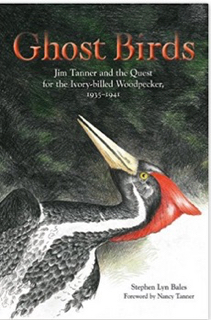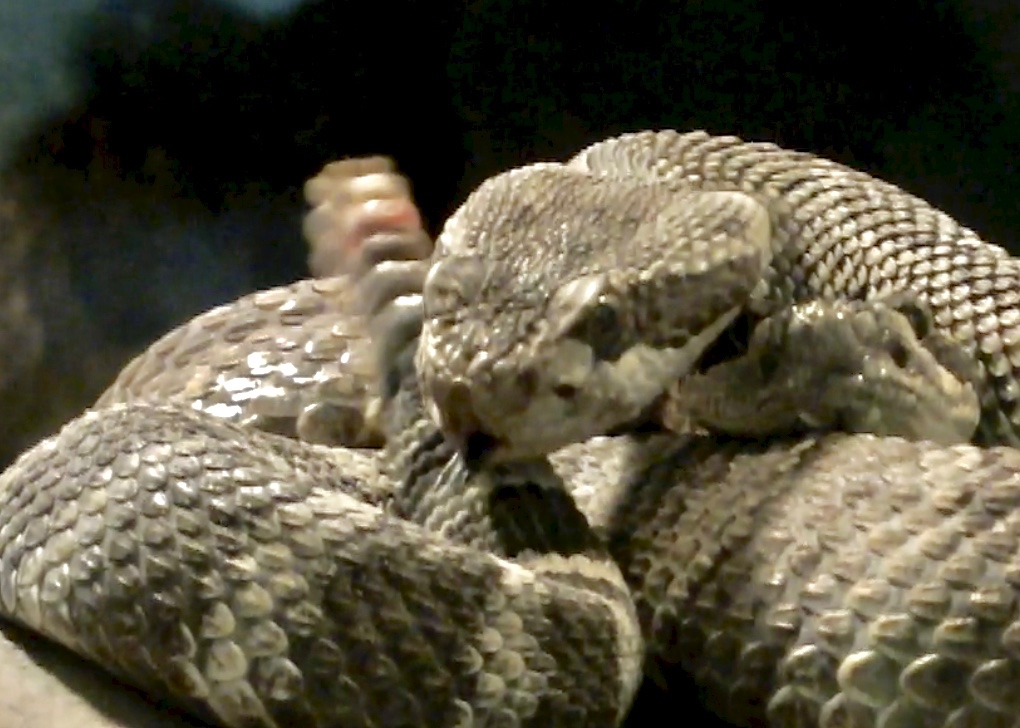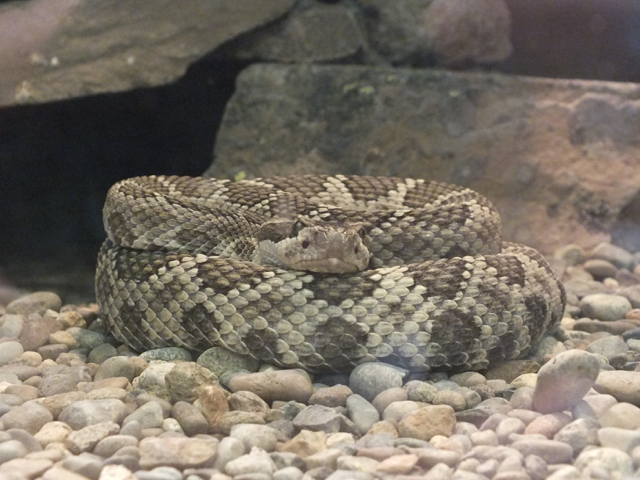I’ve already talked about the Earth Fest event, but I deliberately left out the best part of the day, because this man deserves a post all his own, not just a footnote on Earth Fest.
One of the snakes I brought to the event was a night snake. Not an uncommon snake in this area, but very cryptic and nocturnal and therefore rarely seen. So, during a brief lull in activity, I thought I’d take the night snake on a little walkabout, to give the folks at the other stations a chance to see him. The last station I approached didn’t have any big posters or displays; only a simple sign reading, “Talk to a Naturalist.” Seated at the table was a gentleman who had to be the naturalist, because he had that look about him. You know the look – the one that says, “Here’s a man who hasn’t lost sight of the magic.” I knew it would be my favorite table because, people who look like that? They’re my kind of people.
It turned out that he’d come all the way from Tennessee to this little community college event in Yakima, Washington. When I asked him what had brought him so far from home, he told me that he was lecturing later on and gestured casually toward a book lying on the table beside him.
And then I felt really stupid. I knew the cover of that book. I’d been looking at it for weeks on the poster advertising the Ghost Birds lecture that I’d been eagerly anticipating from the moment I’d first learned about it. Now, here I was standing in front of the author himself. Such a smooth, sophisticated introduction I’d made, too: “Wanna see a night snake?”
Fortunately, he was gracious enough to give me a pass on the awkward approach!
Stephen Lyn Bales is the senior naturalist at Ijams Nature Center in Knoxville, Tennessee, and the author of several books, most recently Ghost Birds, which tells the story of Jim Tanner, one of the last individuals in the world to interact with and study the ivory-billed woodpecker in the wild. Mr. Bales’ evening lecture was a spellbinding mix of history, ornithology and his own experiences as he researched and wrote the book. The author is a natural storyteller, with a delightfully agile mind and an engaging sense of humor. His friendship with Jim Tanner’s widow, his journey to Ithaca, NY to read Jim Tanner’s journals, and his pilgrimage to Carl Sagan’s grave made a story as fascinating as the one he tells in Ghost Birds. Perhaps one day he’ll set his pen to that tale as well.
Immediately after the lecture, Mr. Bales made himself available to chat with visitors and sign copies of his book as well as prints of his impressive artwork, which, incidentally, adorns the cover of his book. I found myself wishing that he didn’t have to return to Tennessee so soon. I would love to have been able to show him some rattlesnake dens and introduce him to my herpetology mentor. They’d have gotten along like peas in a pod.
Visit the links below to learn more about this fascinating gentleman.
Visit Stephen Lyn Bales Blog Here
Purchase Ghost Birds Here





